How to snowboard for beginners?So, you want to learn how to snowboard? Whether you’re drawn to the sport by the promise of powdery slopes or the opportunity to show off some serious tricks, snowboarding is a great way to enjoy the winter months. Of course, before you can hit the slopes, you need to know how to snowboard. Fortunately, we’ve got you covered with this handy guide for beginners. In it, we’ll cover everything from choosing the right gear to getting up on your board and making your first turns.
How to choose the right snowboard
When you’re ready to buy your own snowboard, there are a few things you should keep in mind. First, consider what kind of terrain you’ll be riding most often. If you’re mostly going to be riding the groomers, you’ll want a different board than if you’re planning to spend most of your time in the powder.
Next, think about your own riding style. Are you an aggressive rider who likes to go fast and hit the jumps? Or are you more of a laid-back rider who just wants to cruise down the mountain? There are boards designed for both types of riders, so it’s important to know which one you are before making a purchase.
Finally, consider your budget. Snowboards can range in price from a few hundred dollars to over a thousand, so it’s important to find one that’s within your price range. Once you have all of these factors considered, you can start looking at specific snowboards and narrowing down your choices.
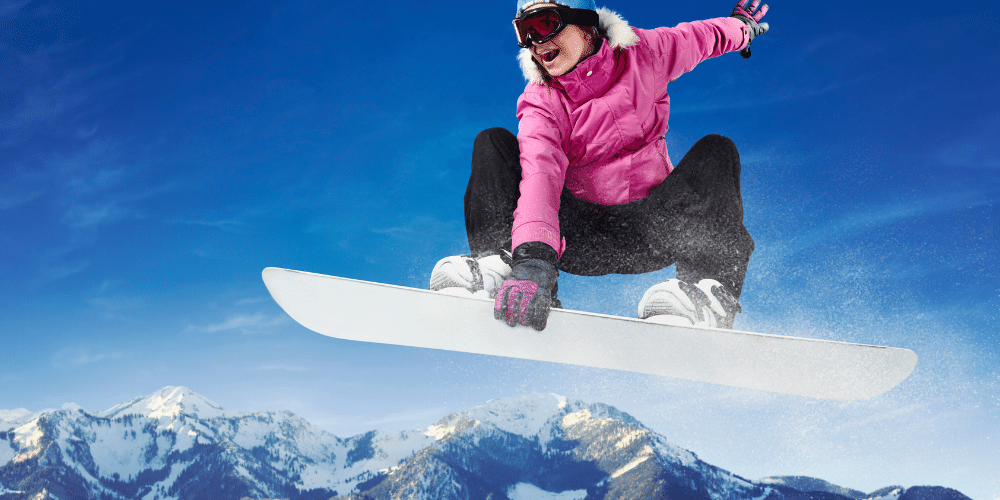
How to find the right size
When you are just starting out, it is important to find the right size snowboard. This will help you stay safe while you are learning and make the most of your time on the slopes. There are a few things to consider when choosing the right size snowboard:
-Your height: This is the most important factor in determining what size snowboard you need.Snowboards are measured in centimeters, so take your height in centimeters and subtract 10cm. This is the ideal length for a beginner.
-Your weight: This will affect how responsive your board is. If you are on the lighter side, you may want to go for a shorter board. Heavier riders may want a longer board for stability.
-The type of riding you want to do: If you want to do freestyle riding (tricks and jumps), a shorter board will be easier to maneuver. For powder riding or racing, a longer board will give you more stability at high speeds.
Once you have considered all of these factors, it’s time to try out some boards! The best way to do this is at a snowboard shop with knowledgeable staff who can help you find the right size and style of board for your needs.
How to stand on a snowboard
Assuming you have already taken the necessary steps to equip yourself with a quality snowboard, bindings, and boots, you are now ready to take your first steps onto the board. Here are a couple tips on how to get started:
1. Start by stepping onto the middle of your board with both feet. If you’re a beginner, it’s often helpful to put your back foot in the binding first, then slide your front foot in.
2. Once both feet are securely in the bindings, lean forward so that your weight is on your front foot. You should be in a squatting position, with your knees bent and your back straight.
3. From here, simply lift your back leg up and swing it around until it’s in line with your front leg. You’re now ready to start gliding down the hill!
How to turn
It’s easy to get frustrated when you’re first learning to snowboard, but don’t give up! Here are a few tips on how to turn:
1. Start by practicing on a gentle slope.
2. Once you’re comfortable with your stance and balance, try turning your board from side to side.
3. To do a proper turn, shift your weight onto your front foot and push down on the toe edge of your board.
4. As you start to turn, keep your upper body facing downhill and let your hips follow.
5. Finish the turn by shifting your weight back to your rear foot and pushing down on the heel edge of your board.
6. Practice until you feel comfortable carving turns on both sides.
7. Remember, it takes time and patience to learn how to snowboard properly – so don’t get discouraged if you don’t get it right away!
How to stop
If you’re having trouble stopping while snowboarding, there are a few things you can try. First, make sure you’re maintaining a good center of gravity. You can do this by keeping your knees bent and your weight evenly distributed between your front and back foot. Next, try using your edges to slow down. To do this, simply tilt your board so that the edge on the side you want to slow down is pointing more towards the ground. Finally, if all else fails, you can always try making a snow plow stop. To do this, simply point both your feet towards the front of the board and dig in with your heels to create friction and slow yourself down.
Beginner tips for success
If you’re new to snowboarding, the prospect of strapping on a board and hitting the slopes can be daunting. But don’t worry – with a little preparation and practice, you’ll be tearing up the slopes in no time. Here are some beginner tips for success:
1. Choose the right equipment. It’s important to have snowboard gear that fits well and is appropriate for your skill level. If you’re just starting out, it’s best to rent equipment or buy used gear from a sporting goods store.
2. Take a lesson. Even if you’re a confident rider, it’s always helpful to take a beginner’s lesson from a certified instructor. They can teach you the basics of how to snowboard and help you avoid bad habits that could lead to injury later on.
3. Warm up before riding. Just like any other physical activity, it’s important to warm up your muscles before hitting the slopes. A simple warm-up routine of light stretching and jumping jacks should do the trick.
4. Start slow and easy. When you’re first starting out, it’s best to take things slowly at first and build up your confidence on easier runs before tackling anything too challenging. As you become more comfortable on your board, you can start pushing yourself more – but always listen to your body and know your limits.
5. Practice makes perfect. The only way to get better at snowboarding is to practice, so make sure to hit the slopes as often as you can. With time and patience, you’ll be shredding the gnar like a pro in no time.
How to choose a snowboard
When choosing a snowboard, it is important to consider your level of experience and what you hope to achieve while boarding. For instance, if you are just starting out, you might want to purchase an all-mountain board, which is versatile and can be used for a variety of terrain. If you are more experienced, however, you might want to buy a specialty board for freestyle or racing.
Here are some other things to keep in mind when choosing a snowboard:
The width of the board should be appropriate for your foot size. Too narrow and you’ll have difficulty turning; too wide and the board will be unstable.
The length of the board should be based on your height and weight. A general rule of thumb is that the board should come up to somewhere between your chin and nose.
The flex of the board should be matched to your riding style and ability. A softer flex is better for beginners, while those seeking speed or doing tricks will want a stiffer board.
Once you’ve considered these factors, it’s time to take the plunge and buy a snowboard! With so many different boards on the market, it’s important to do your research before making a purchase. But ultimately, the best way to choose a snowboard is by getting out there and trying different ones until you find the perfect fit for you.
How to wax a snowboard
There are a few things you need to know before you wax a snowboard. First, you need to purchase a good quality wax. Second, you need to find the right temperature for the wax to melt properly. And lastly, you need to know how to apply the wax evenly on the snowboard.
Now that you know the basics, let’s get into how to wax a snowboard. First, start by melting the wax in a pot on your stove. Once the wax is melted, use a brush to apply it evenly onto the entire surface of the snowboard. Make sure to go over each section multiple times so that the wax is fully absorbed into the board. Once you’re done applying the wax, allow it to dry for at least an hour before hitting the slopes!
How to strap in
When you’re strapping in, you want to make sure that your bindings are adjusted properly for your stance. You also want to make sure that your boots are snug and secure in the bindings. To do this, follow these steps:
1. Place your snowboard on the ground so that the nose is pointing downhill.
2. Step into your binding, making sure that the toe of your boot is positioned correctly in the binding.
3. Once your foot is in the binding, use the straps to cinch down the binding and secure your boot in place.
4. Repeat this process for your other foot.
5. When both feet are securely in their bindings, stand up and adjust your stance until you’re comfortable.
Proper form
When you are just starting out learning how to snowboard, it is important to pay attention to your form. Proper form will help you balance on your board, turn correctly, and stop safely. Here are some tips for proper form:
1. Keep your weight balanced. When you are standing on your board, you should feel like you are evenly distributed from front to back and side to side.
2. Bend your knees. This will help you stay low to the ground and maintain control of your board.
3. Use your edges. When you want to turn, put pressure on the edge of your board that is in the direction you want to go. For example, if you want to turn left, put pressure on the left edge of your board.
4. Look where you want to go. When you are going down the hill, look in the direction that you want to travel. This will help your body and board follow that direction.
5 . Don’t lean too far forward or back. You should be able to see the nose of your board in front of you when looking straight down at it. If you lean too far forward or back, it will be harder to control your board and stay balanced.
Beginner slopes
If you’re just getting started in snowboarding, you’ll want to stick to the beginner slopes. These are typically marked green on a trail map, and they are usually found near the base of the mountain. Beginner slopes are relatively gentle and have a consistent pitch, making them ideal for learning how to turn and stop.
Of course, every mountain is different, so be sure to ask a ski patrol or lift operator if you’re not sure which trails are best for beginners. And don’t be afraid to try out a few different trails until you find one that feels comfortable.
More difficult slopes
More difficult slopes are those with a steeper angle, and they can be found at most resorts. They require more effort to turn and can be more challenging to control your speed on. If you’re just starting out, it’s best to stick to the easier slopes until you build up your confidence and skill.
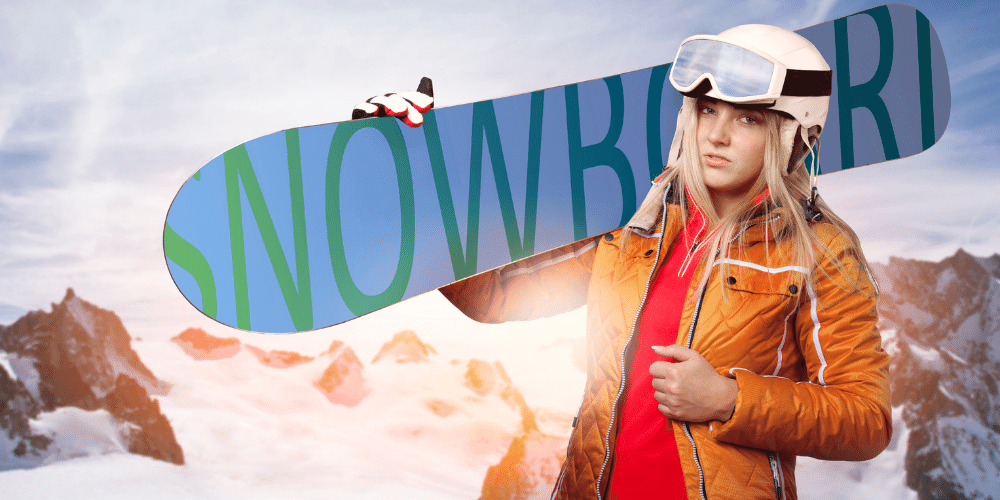
Tips for success
In order to make the most of your snowboarding experience, it is important to follow some simple tips. First and foremost, be sure to dress appropriately for the conditions. This means dressing in layers so that you can regulate your body temperature as needed. It is also important to wear proper footwear that will keep your feet warm and dry.
Next, be sure to practice proper safety techniques. This includes wearing a helmet and other protective gear when you are snowboarding. Additionally, it is important to be aware of your surroundings at all times and to avoid taking unnecessary risks.
Finally, don’t be afraid to ask for help if you are having trouble with something. There is no shame in admitting that you need assistance and there are plenty of people who are more than happy to help out a fellow snowboarder. By following these simple tips, you can ensure that you have a safe and enjoyable snowboarding experience.
Conclusion
Now that you know the basics of how to snowboard, you’re ready to hit the slopes! Get out there and practice your carving, and before you know it, you’ll be shredding like a pro. Remember to stay safe on the mountain, and always heed the advice of the ski patrol. And most importantly, have fun!

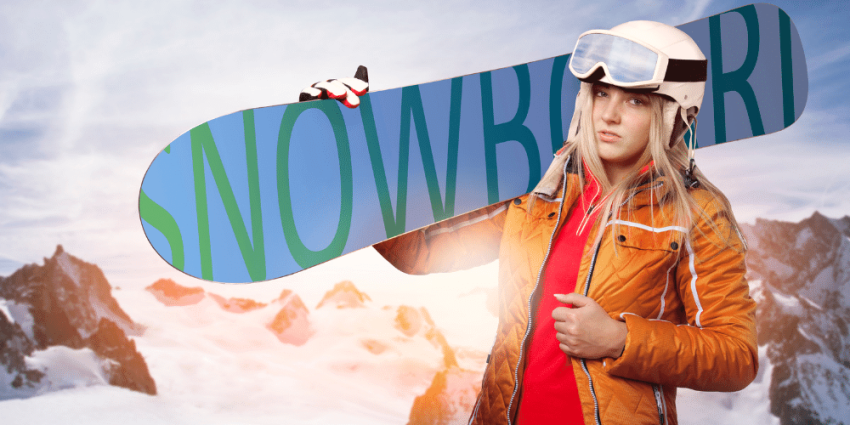




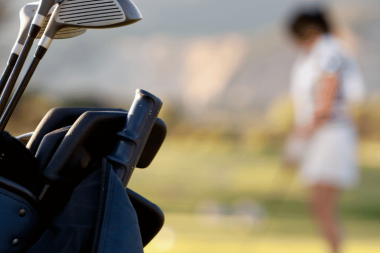
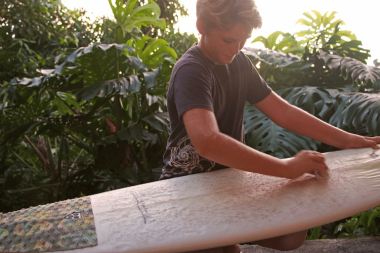


Leave a Reply